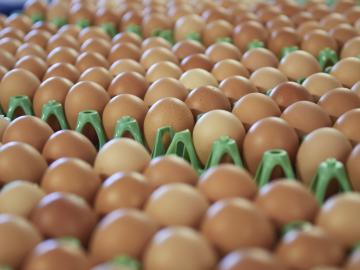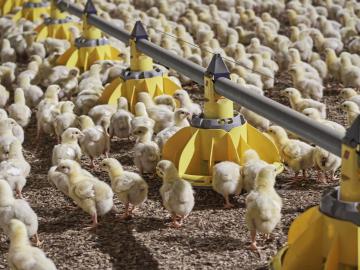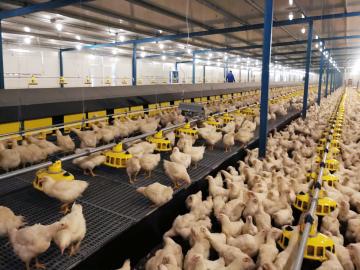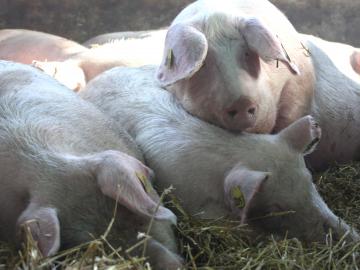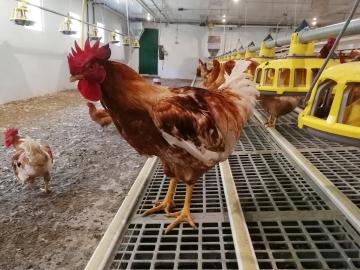Market trend: group housing is the future for sows
The sow house of the future consists only of group housing. Yet new house concepts use a mixture of group and individual pens. Is it too early to make the switch to group housing?

Higher standards of animal welfare are here to stay and are only growing in importance. Large segments of society are concerned about it. There may be some regional variations, but all over the world, activist groups, political parties, working groups and universities are putting changes in motion. In this trend article, Ludo — Product Manager Pigs — will analyze the changes that can be expected to occur in sow houses.
The European Union (EU) is a global leader in animal welfare issues for farm animals. The five freedoms set out by the British Animal Welfare Council many years ago remain the basis for legislation. One of the freedoms — ‘freedom to express normal and natural behavior’ — is gaining more attention. The natural behavior of sows is stimulated by keeping them in a group. That is why in 2013 the EU made it mandatory to keep gestating sows in group housing. The same change is now being proposed for farrowing and insemination pens as well. This will have a huge impact on the sow housing of tomorrow. An overview:
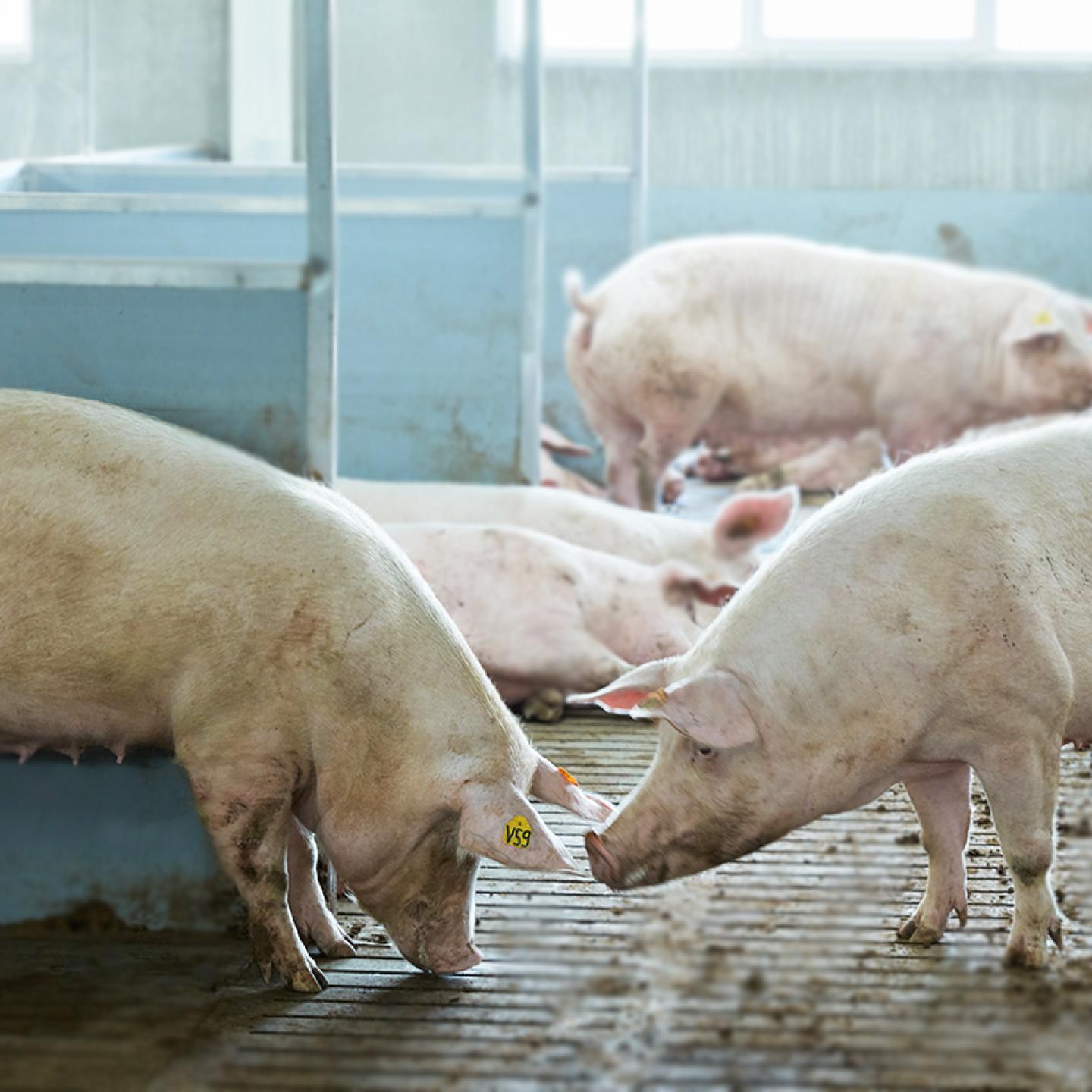
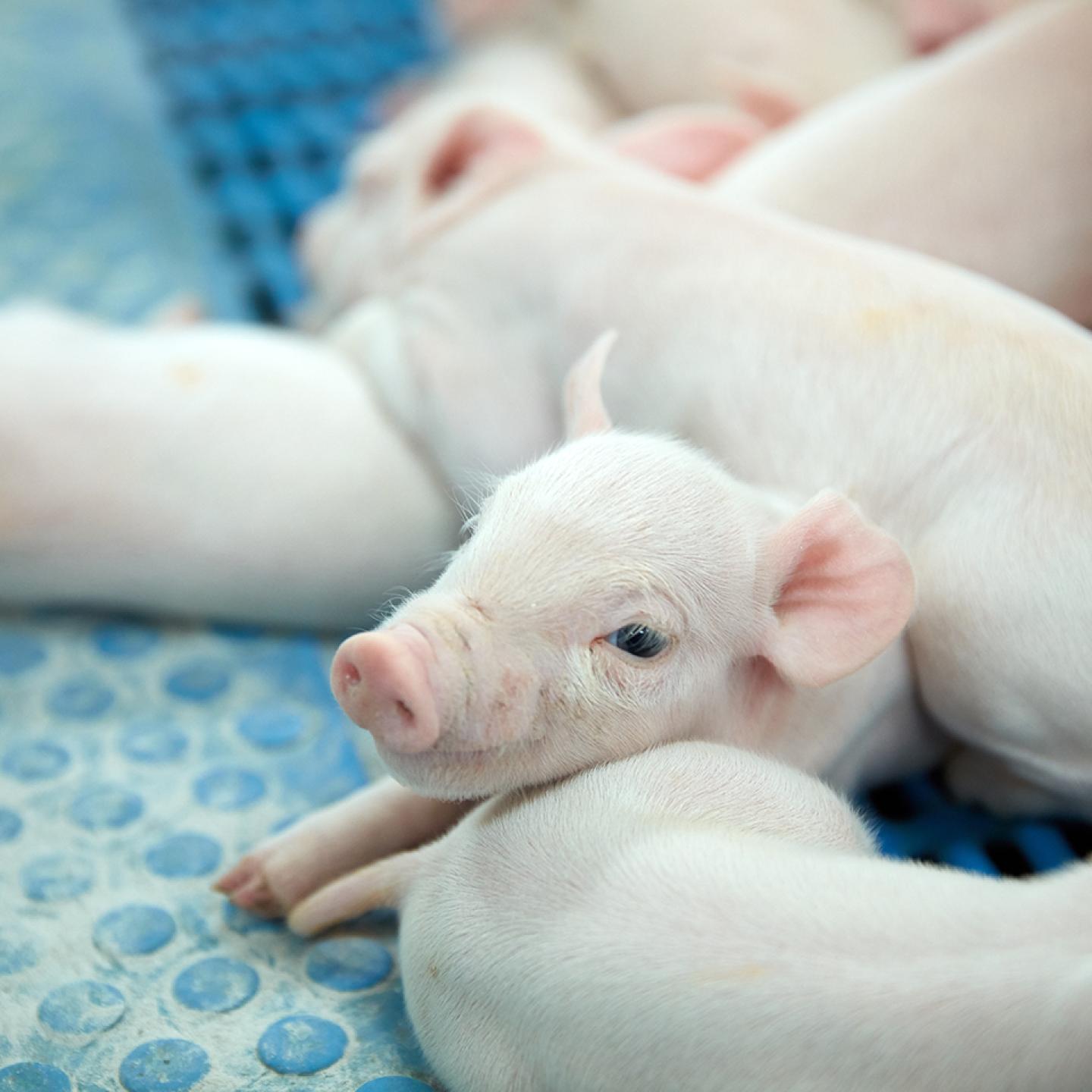
Group housing in gestation house as an example
In the EU, as of 2013, sows that are more than 28 days into the gestation period must be kept in group housing. This somewhat recent rule will soon be widened, as the EU has recently agreed to end the ‘cage age’. The EU aims to impose a ban on keeping poultry, pigs, calves and rabbits in cages in 2027. The specifics of the new legislation and the length of the transition period are still up for discussion. However, what we know for sure is that farrowing and insemination pens will be considered cages under future guidelines.
But it’s not just countries and regions that are taking action. Outside of Europe, it’s often large retailers and food businesses that take it upon themselves to commit to improving animal welfare in response to societal and consumer pressure. Here are three examples. One of the largest Brazilian retailers Carrefour Brazil expects its suppliers to move gestating sows into group housing after 28 days. In Thailand Charoen Pokphand Foods (CPF) is setting the bar with an animal welfare charter, and one of the five conditions is that animals should be free to express normal behavior. Animals must have the freedom to move around and this is a rule that is upheld by all livestock companies within the CFP Holding. The mandatory group housing for sows in gestation houses is described in the charter. In the USA, Tyson Foods is setting up new programs to elevate the welfare of its animals to a higher level, both in terms of behavior and mental health.
Impact on individual pens
What will happen to farrowing and insemination pens for sows? In July 2020, Germany published new guidelines for farrowing and insemination houses. They are likely a good indication of what the future EU rules will comprise:
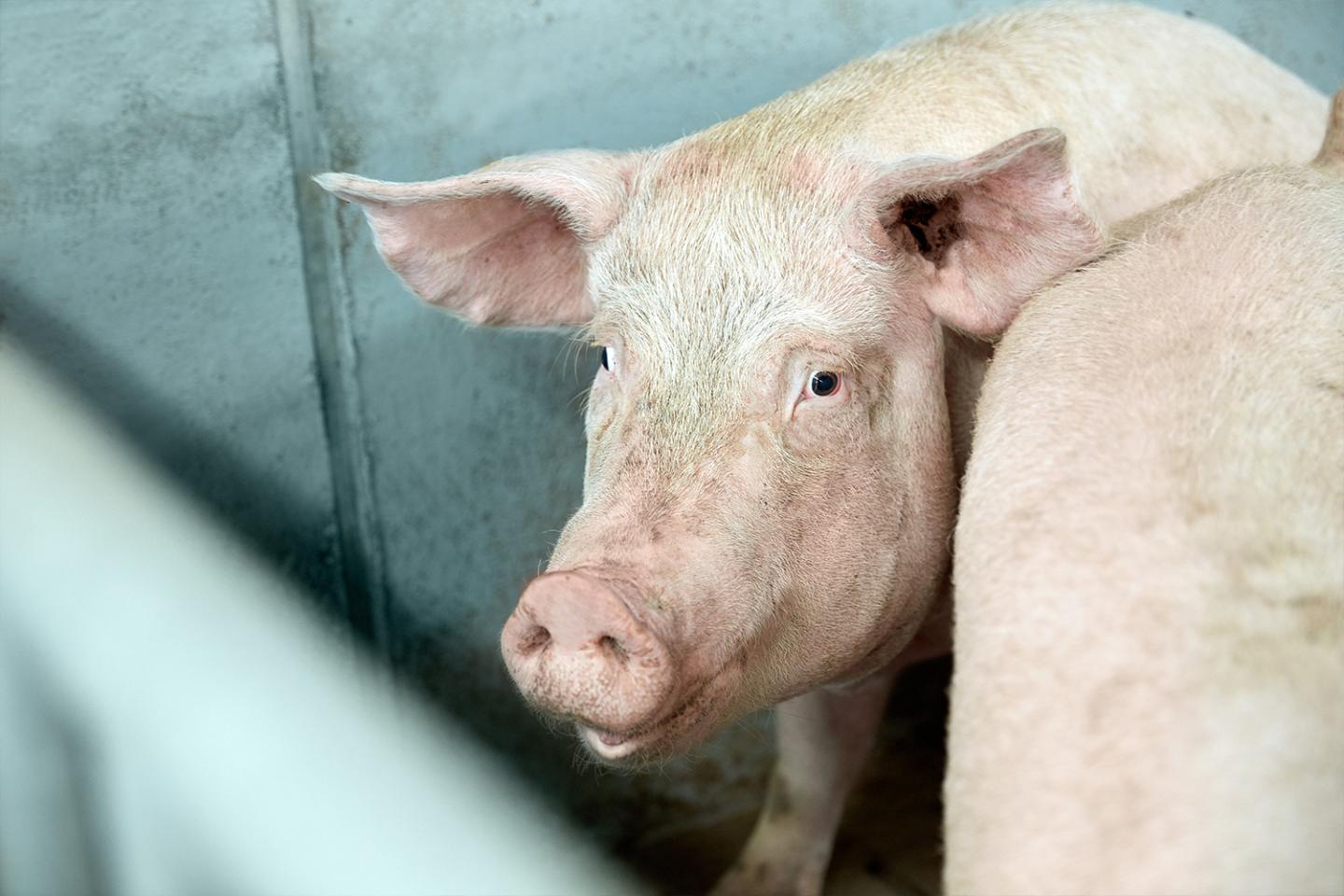
- Individual insemination pens for sows are to be abolished by 2028. In the new group houses, sows must each have at least 5 m².
- A stay in an individual farrowing pen will be limited to a maximum of 5 days. The surface area of a farrowing pen must be a minimum of 6.5 m².
- Within 3 years of the law coming into force, sow keepers must present their renovation plans. A building permit must be requested within 2 years after that.
- Pig farmers who decide to terminate their activities, must make a written declaration of this. They will then be permitted to continue operating for a few more years without making extra investments.
A ruling by a supreme court in New Zealand found that individual farrowing pens infringe upon the Animal Welfare Act. In this country, the ministry of agriculture will have to find alternatives for half of all sow keepers in New Zealand. Most pig farmers use farrowing pens with the best of intentions, as it’s a very effective measure to prevent the sow from accidentally laying on her piglets.
Is temporary housing in pens an option?
The answer to this question requires some explanation. First of all, it’s plain to see that commercial solutions for ‘new’ group housing are popping up everywhere. However, they continue to base their designs around the traditional farrowing pen, with the sow gaining a certain amount of freedom after 5 to 7 days. Allowing the sows to roam outside the farrowing pen is still an exception to the rule.
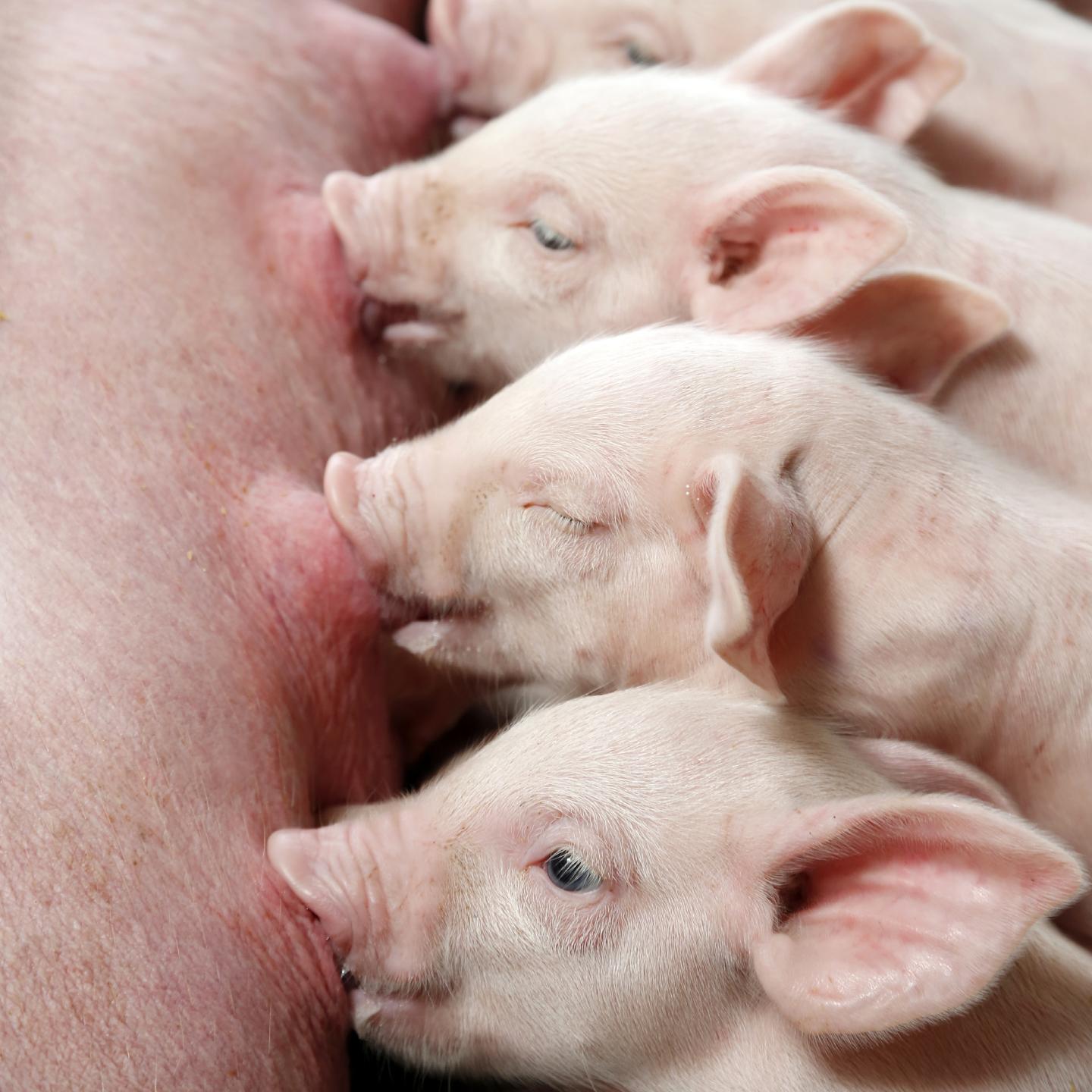
If you are looking for 100 % free-to-roam group housing, before and after farrowing and during the lactation period, the house must be designed completely differently. I understand the attraction of interim solutions with temporary pens. In the first days after the birth, they prevent the sow from crushing the piglets. However, research shows that temporary individual housing results in the same welfare problems as the farrowing pens currently used. Why? By temporarily housing sows in pens, you prevent them from making a nest. This is part of their natural instincts. The inability to act on this natural instinct disrupts the release of maternal hormones. Researchers can also see that stress hormones peak. Therefore, even temporary, brief stays in pens have a negative impact on the farrowing process and the maternal instincts of the sow.
So, the answer to the question, ‘Is temporary housing in pens an option?’ is: probably not. We need to remember that society views temporary housing in pens as ‘not animal-friendly enough for the sows’. Experts draw parallels with the commercial layer sector in the EU. When battery cages were forbidden, many poultry farmers invested in enriched cages. However, nine years later there is a law that seeks to abolish all cages. Insights into animal welfare are still evolving. Is it wise to risk an investment in interim solutions? This is a question that keeps pig farmers up at night. That is why I will conclude my analysis with a plea.
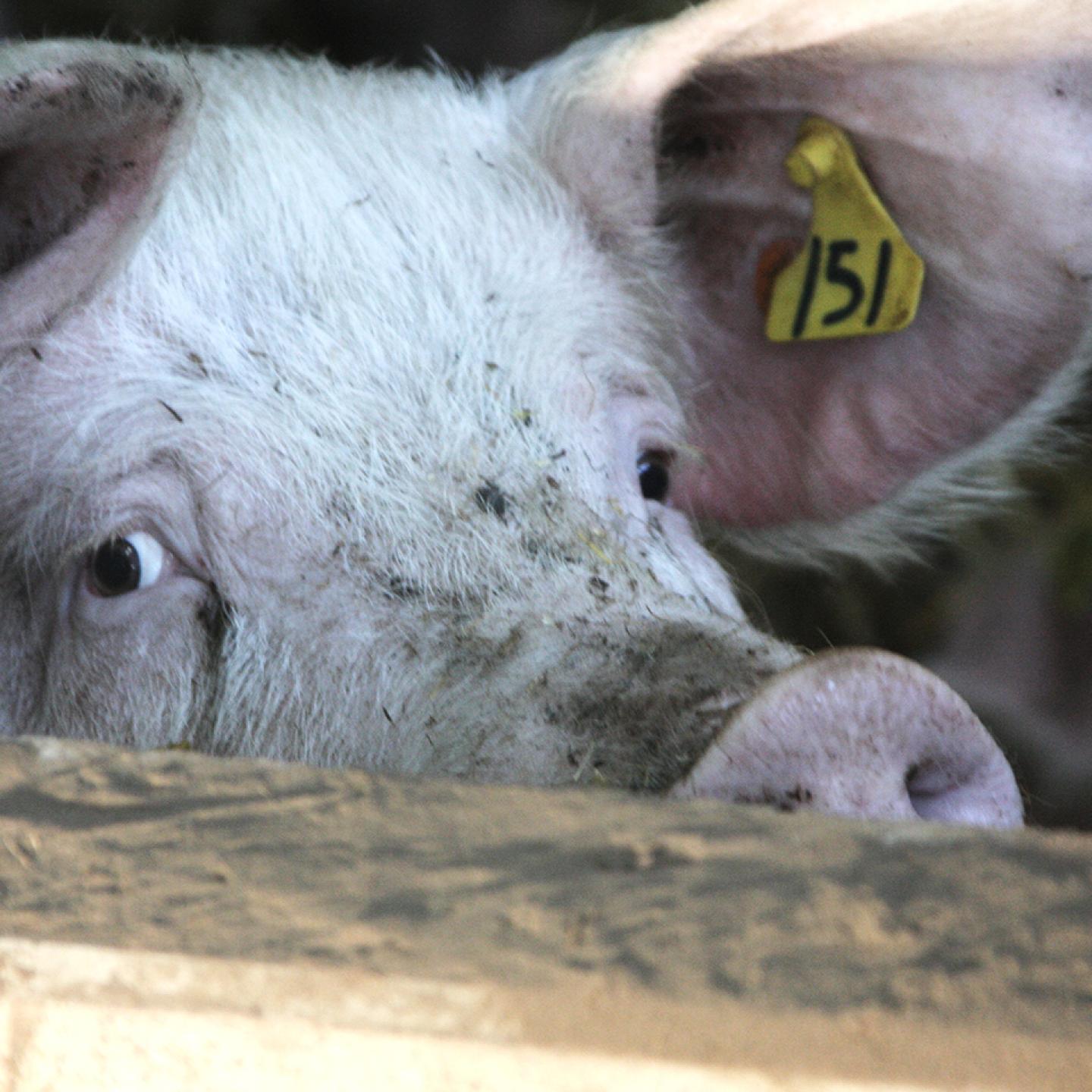
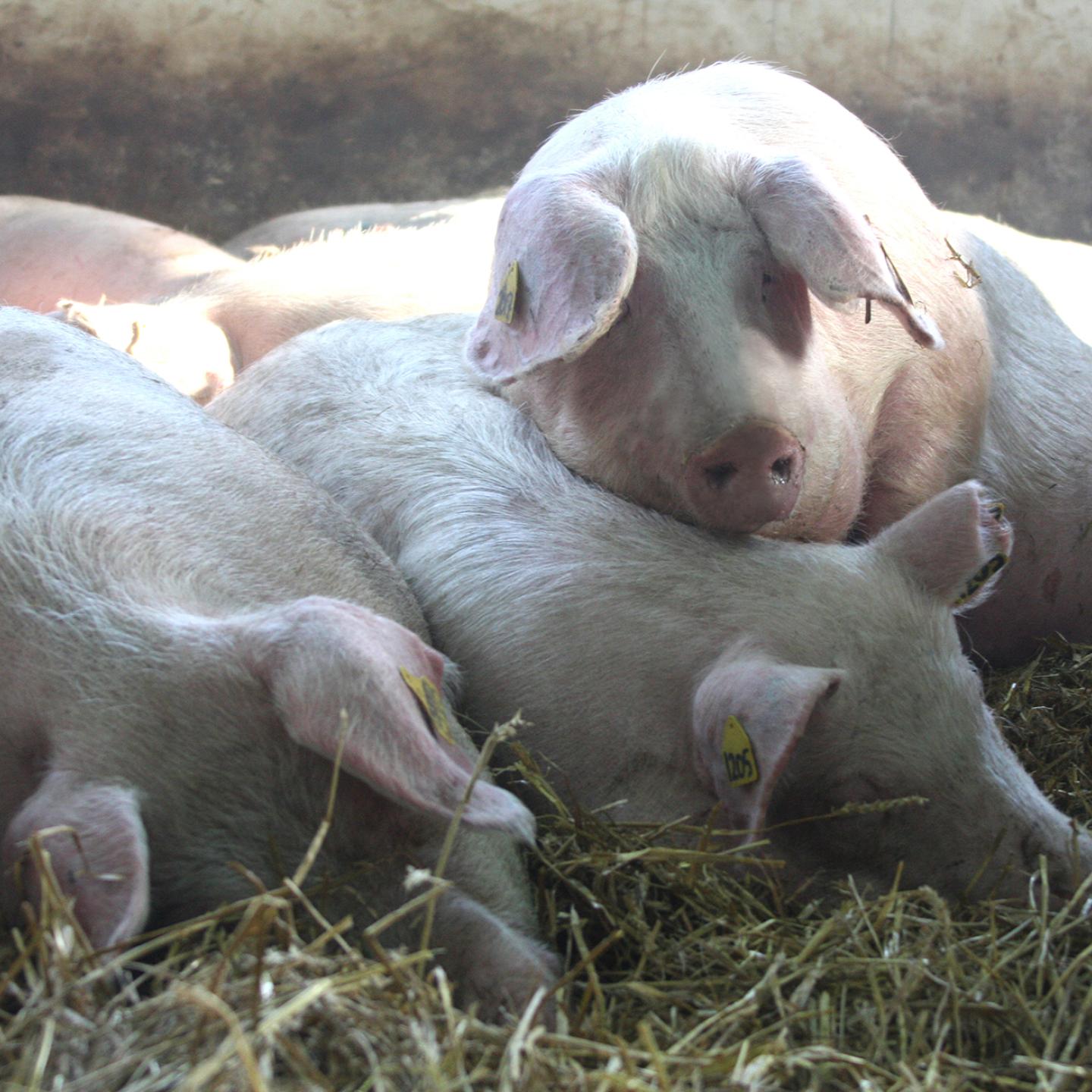
Group housing for sows — the conclusion
For sow keepers to make the right, future-proof investments, we need more research. I call upon all research institutions that work with pigs to collect more data and insights. For example, research into meeting emission standards with new housing concepts. Governments will also have to look far enough ahead and develop a vision that ensures pig farmers have a future. This needs to include investments, financial support, as well as permits and achievable transition periods. More group housing requires greater amounts of space, which means that a larger number of farrowing houses will be needed to reach the same capacity. The farrowing house is already the most expensive department at a pig farm.
Finally, no one is against increased animal welfare, however, the additional investments required to switch to group housing are significant. The sector must be able to pass on the costs in stores. Therefore, fair competition with meat that is not produced with the same standards of animal welfare is a must. That is the very minimum of what is required to ensure a return on these hefty investments.
